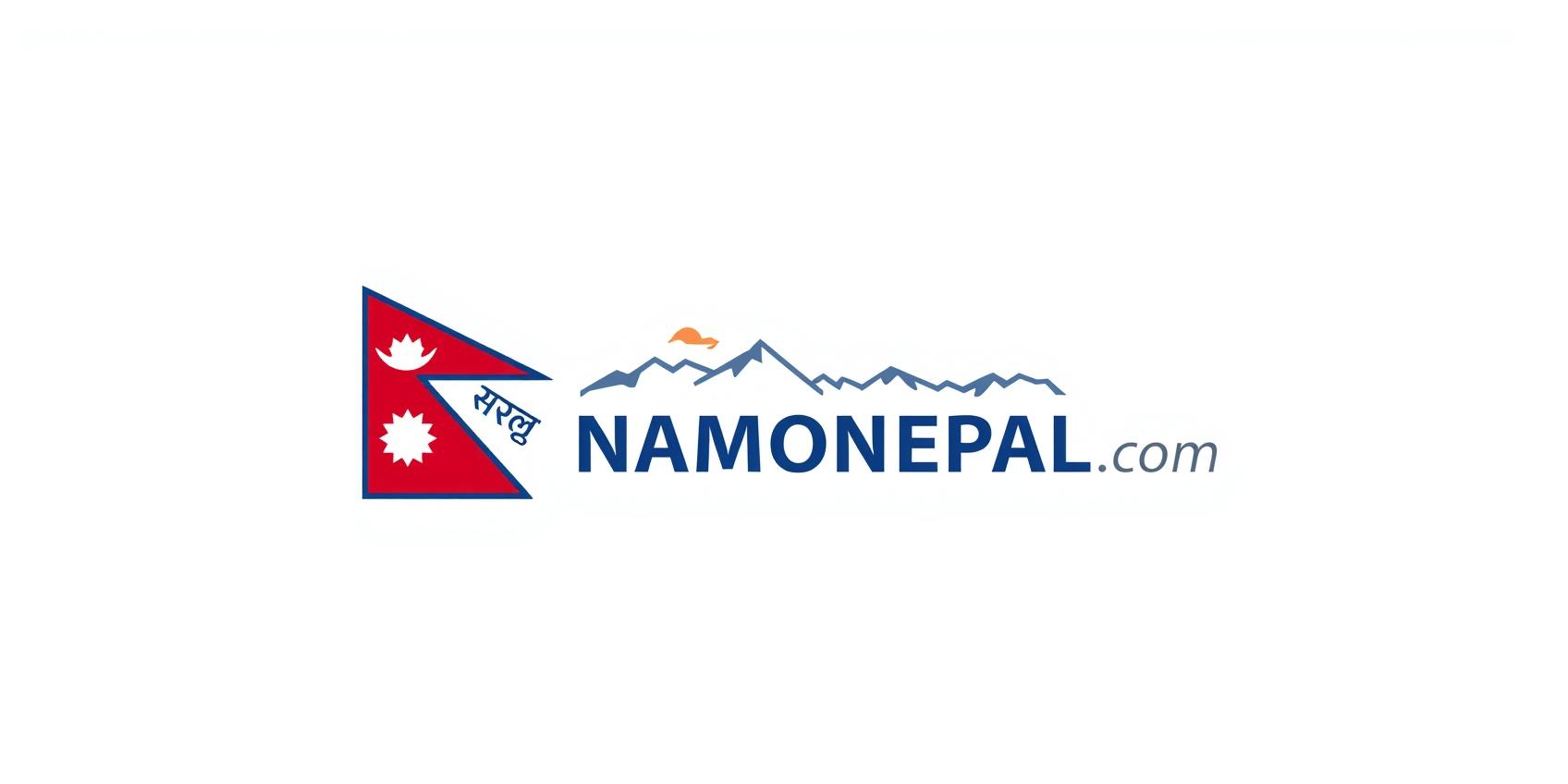Discover Nepali Cuisine: Dal Bhat & Regional Flavors Unveiled
Nepali cuisine is a vibrant blend of the nation’s rich geography, diverse communities, and seasonal cycles. At its core is Dal Bhat – a nourishing platter of rice and lentil soup, enhanced with seasonal vegetables, pickles, and regional specialties. From the Himalayas to the Terai plains, dishes like Thakali khana, Newari feasts, Tharu delicacies, and Tibetan-inspired Thukpa showcase the culinary variety of Nepal, offering an unforgettable journey into taste and tradition.

Why Taste Nepali Dal Bhat & Regional Dishes?
Flavor, Health, and Tradition in Every Bite
- Nutrient-rich Dal Bhat is Nepal’s ultimate comfort food, providing energy for treks and daily life.
- Regional foods like Dhido, Yomari, Sel Roti, and Sekuwa connect you to local culture and heritage.
- Vegetarian and non-vegetarian options abound, with healthy pulses, seasonal veggies, and local meats.
- Food is a celebration – Nepalese cuisine offers unique tastes at festivals, home kitchens, and street stalls.
50+
Ethnic Foods Across Nepal’s Regions
1,000+
Family Recipes Passed Down
80%
Locals Report Dal Bhat as Their Favorite Dish
Dal Bhat: The National Staple of Nepal
Simple, Satisfying, and Symbolic
Dal Bhat is more than food – it’s a way of life. Dal is a flavorful lentil soup, slow-cooked with onion, garlic, ginger, tomatoes, chilis, and a mix of spices like turmeric and cumin. Bhat means steamed rice. Served together, "Dal Bhat" forms the backbone of every Nepali household, often accompanied by tarkari (vegetable curry), achar (pickle), and sometimes yogurt or meat.
Dal Bhat adapts to Nepal’s landscapes and seasons: In high altitude regions where rice is scarce, dhido (a thick buckwheat, millet, or maize dough) replaces rice, while Terai platters feature long-grain rice and spicy lentils. Each region adds its own twist, using unique spices and sides, ensuring Dal Bhat never tastes the same twice.


Essential Elements of Dal Bhat & Nepali Cuisine
Dal (Lentil Soup)
Traditional dal is simmered with ginger, garlic, turmeric, and local herbs. Black, yellow, or red lentils are most common, but some regions use beans or field peas for variety.
Bhat (Steamed Rice)
Fragrant basmati or local short-grain rice is the norm in plenty-rich valleys, while millet or buckwheat doughs (Dhido) fuel people of the high hills.

Tarkari (Vegetable Curries)
Seasonal vegetables like cauliflower, potatoes, pumpkin, spinach, or green beans are spiced simply. Non-vegetarian curries may feature fish, buffalo, chicken or mutton.

Achar (Pickles) & Sides
No meal is complete without chili-hot pickles—radish, tomatoes, or leafy greens. Ghee, yogurt, papadums, and fried snacks round out the meal for festivals and guests.
Regional Diversity: Unique Nepali Dishes to Savor
Newari Cuisine (Kathmandu Valley)
Intricate, flavorful feasts like Samay Baji, Yomari, Bara (lentil pancakes), and spicy buffalo sukuti are a must-try.
Tharu Cuisine (Terai Plains)
Bagiya (rice flour dumplings), Dhikri, Ghonghi (snails), spicy fish, and fermented pickles. Dishes are simple, earthy, and deeply rooted in agricultural life.
Limbu & Eastern Dishes
Kinema (fermented soybeans), wachipa (spiced rice with chicken), and millet beer Tongba reflect Limbu and other eastern hill cuisines.
Thakali Cuisine (Himalayan Mid-Hills)
Hearty Thakali khana sets include rice, dal, wild greens, potato curry, apple pickle, and yak meats.
Tibetan & Mountain Specialties
Thukpa (noodle soup), Khapse (biscuits), Yak cheese, Tsampa (roasted barley flour), Chhurpi (hard cheese), and Tingmo (Tibetan bread). Found mostly in Himalayan villages and during festivals.
🏨
Authentic regional food tours
🍳
Cooking with local families
🎉
Festival food tastings
🍛
Sampling fusion and street foods
Nepalese Food Culture – Ritual, Sharing, and Celebration
Nepali cuisine is tied to ritual and hospitality. Dal Bhat Tarkari is eaten daily but becomes more elaborate for festivals like Dashain and Tihar, or village weddings where feasts may include sel roti, yomari, meat curries, and sweets. Traditional meals are served on brass platters or banana leaves in rural villages. Guests are offered seconds and sometimes pressed to accept third helpings as a gesture of honor and abundance.

Dal Bhat Power: Nutrition, Tradition, and Sustainability
Dal Bhat for Energy
The phrase “Dal Bhat Power 24 Hour” celebrates its reputation for sustaining trekkers and workers. Its balance of slow carbohydrates, plant protein, fiber, and fresh veggies makes it Nepal’s healthiest staple.
Tradition & Family
Eating together, often by hand, strengthens family ties. Mealtimes are shared, elders serve the young, and recipes are handed down through generations, reflecting community and respect.
Sustainability & Adaption
Nepali cuisine is naturally sustainable: minimal waste, local ingredients, and farm-to-table freshness. Modern kitchens also offer fusion, gluten-free, and vegan spins on classic dishes.
Ready for a Culinary Adventure? Taste Nepali Dal Bhat & More!
Dal Bhat is just the entry point—venture further to discover jungles of flavors, ancient recipes, and unforgettable food culture. Explore bustling markets, festival feasts, and local home kitchens with friendly Nepali hosts.
Your taste of Nepal’s culture starts at the table.

Must-Try Nepali Dishes Beyond Dal Bhat
Don’t miss these regional highlights for a true flavor of Nepal:
- Momos (stuffed dumplings)
- Sel Roti (rice bread)
- Thukpa (noodle soup)
- Bara (lentil patties)
- Kwati (9-bean stew)
- Yomari (sweet dumpling)
- Dhido (millet/buckwheat dough)
- Ghonghi (river snails)
- Sekuwa (barbecued meat)
- Juju Dhau (King Yogurt)
- Kinema (fermented soybeans)
Nepali Cuisine – Dal Bhat & Regional Foods: Frequently Asked Questions
Here’s everything you need to know to enjoy Nepal’s most beloved food traditions:
